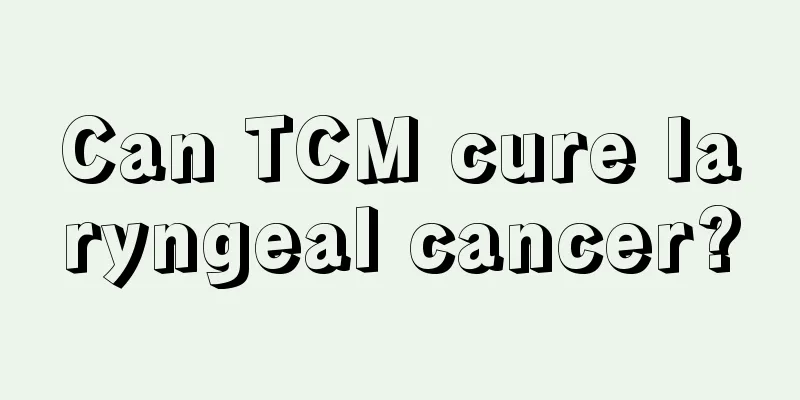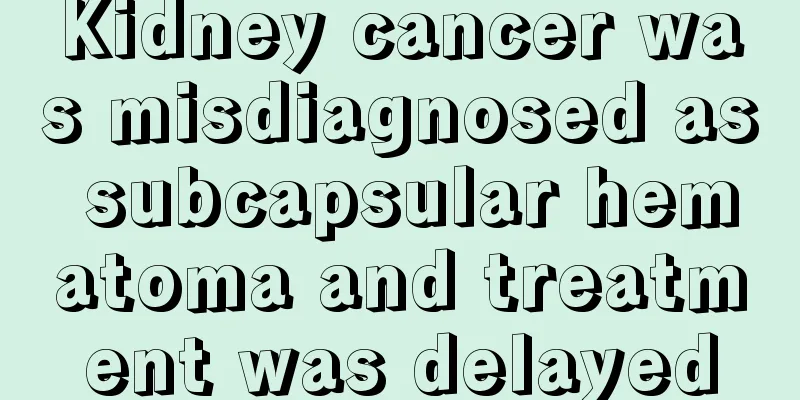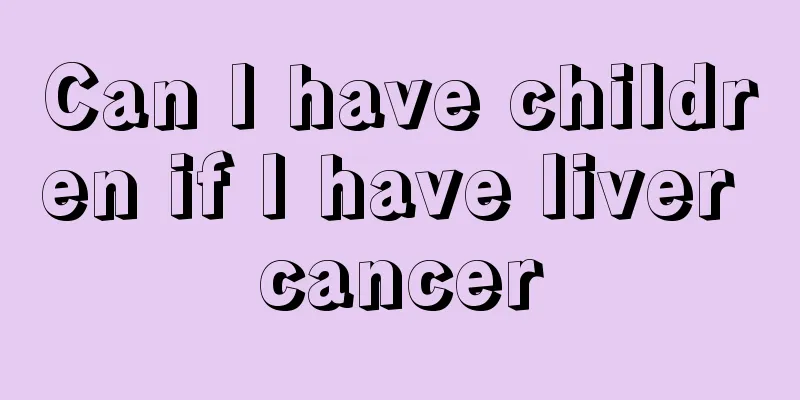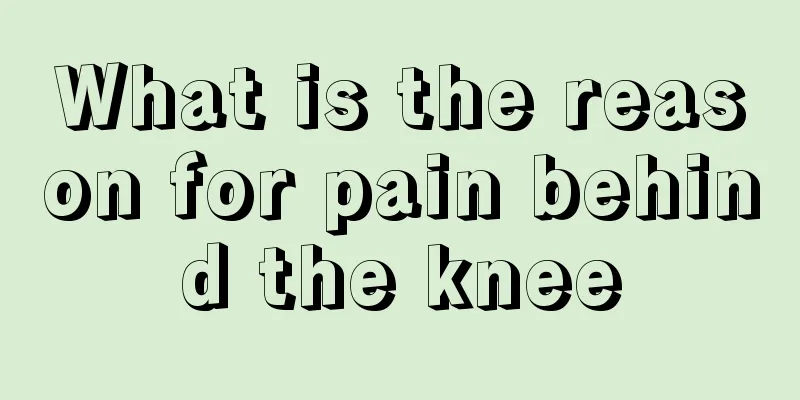Three stages of the coagulation process
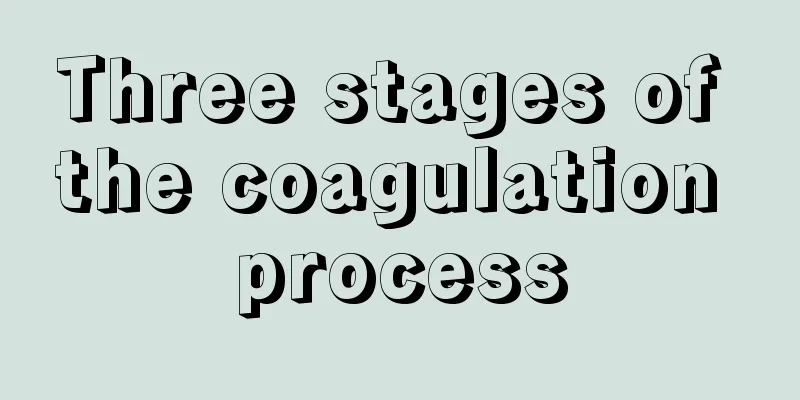
|
Coagulation refers to the process in which blood in a wound gradually solidifies. For the human body, coagulation function is very important. If the coagulation function is weak, then if the patient is accidentally injured, even if it is just a small wound, it may bring more serious consequences. Blood coagulation has certain processes and stages. The following is a detailed introduction to the three stages of blood coagulation. 1. Formation of prothrombin activator Prothrombin activator is a complex of Xa, V, Ca2+ and PF3 (platelet factor 3, a phospholipid on the platelet membrane). Its formation first requires the activation of factor X. Depending on the initiating pathway and participating factors of prothrombin activator formation, coagulation can be divided into two pathways: intrinsic coagulation and extrinsic coagulation. (1) Intrinsic coagulation pathway: initiated by activation of factor XII. When blood vessels are damaged and the collagen fibers under the intima are exposed, XII can be activated to XIIa, and then XI can be activated to XIa. Ⅺa activates IXa in the presence of Ca2+, and IXa then forms a complex with activated VIIIa, PF3, and Ca2+ to further activate X. The factors involved in the coagulation process mentioned above are all present in the plasma within the blood vessels, so it is named the intrinsic coagulation pathway. Due to the presence of factor VIIIa, the rate at which IXa activates X can be accelerated by 200,000 times. Therefore, factor VIII deficiency causes intrinsic coagulation pathway disorders, and even slight injuries can lead to continuous bleeding, which is clinically called hemophilia A. (2) Extrinsic coagulation pathway: It is initiated by the contact of factor III exposed to damaged tissue with blood. When tissue is damaged and blood vessels rupture, the exposed factor III forms a complex with Ca2+ and VII in the plasma and then activates factor X. Because the factor III that initiates this process comes from tissue outside the blood vessels, it is called the extrinsic coagulation pathway. 2. Thrombin Formation Under the action of prothrombin activator, the inactive factor II (prothrombin) in plasma is activated into active factor IIa (thrombin). 3. Fibrin formation Under the action of thrombin, the fibrinogen dissolved in the plasma is converted into fibrin monomers; at the same time, thrombin activates XIII to XIIIa, so that the fibrin monomers connect with each other to form water-insoluble fibrin polymers, and interweave with each other to form a network, entrapping blood cells to form a blood clot, completing the blood coagulation process. Blood coagulation is a series of enzymatic biochemical reaction processes with positive feedback effects in many places. Once initiated, it will proceed rapidly and continuously to ensure that the coagulation and hemostasis effect occurs in a relatively short period of time. |
<<: How to deal with too many dreams
>>: What can’t be taken with Maca
Recommend
Do I need to add water when soaking my feet in white vinegar?
As we all know, white vinegar is not only a must-...
What does phv high-risk positive mean
HPV can also be called human papillomavirus, whic...
What are the symptoms of skin graft necrosis
When human skin is damaged, a surgery called skin...
What are the symptoms of bladder inflammation
The vast majority of patients with cystitis are f...
What are the treatments for amblyopia?
Many patients with amblyopia are born with the co...
What to do if uterine cancer spreads
In daily life, many adult women suffer from endom...
Is toilet cleaner harmful to pregnant women?
Toilet cleaners are very common things in our dai...
How to distinguish stage 1, stage 2, stage 3 and stage 4 breast cancer?
Breast cancer stages include stage I, stage II, s...
I took diet pills and my stomach became bloated
Summer is an important season for showing off you...
What's wrong with inflammation of the ears, nose and throat?
The three organs of ear, nose and throat do not s...
Treatment measures for breast cancer during pregnancy
Most women think that getting breast cancer durin...
Tips for itchy nose
Itching inside the nose is very common in life. W...
Should I get the influenza type B vaccine?
Influenza, commonly known as the flu, is a very s...
What to do if acne and dry skin appear on face
Many people are helpless about the acne on their ...
How harmful is lymphoma
Once lymphoma reaches the level of malignancy, th...
